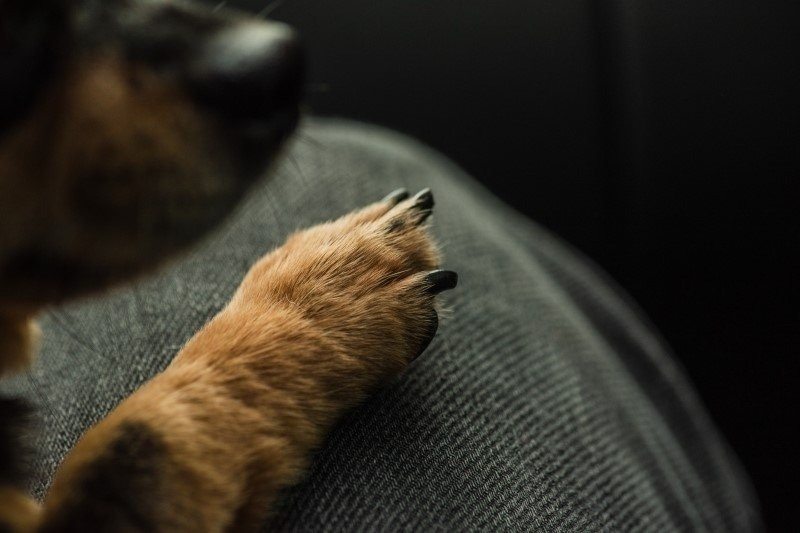Why do dogs put their paw on us? It’s a lovely and heartwarming thing to do, but it also has an important message. Dorota Sumińska, a well-known vet, explains what our pets’ behaviour really means.
Dorota Sumińska, a well-known vet, explains why dogs put their paws on us.
It turns out that this is a way for your pet to dominate you.
How you react to this dog’s behaviour depends on the situation.
Dogs have been our best friends for a very long time. They also show their feelings in a way that we can’t always understand. They can express their emotions through their bodies and even ask for attention with subtle gestures. One such behaviour that often makes their owners smile is when a dog puts its paw on you. Many people think it’s just a cute gesture, but it actually has a deeper meaning.
Dorota Sumińska is a vet, journalist, and writer. A long time ago, she decided to answer a question that lots of people with pets have. In a short video she posted on her social media profiles, @zwierze_ci_sie, she clarified things and put an end to all the speculation.
When a dog puts its paw on you, it’s telling you that you’re its owner and it’s comfortable with you touching its ear. This is akin to treating us poorly. Some dogs might try to put their paw on us, but nothing happens. Others shouldn’t be allowed to do that, because “Give a hen a perch, and she’ll say, ‘I’ll go higher!” (This saying means that someone who’s already been given something still wants more – editor’s note from the Great Dictionary of the Polish Language).
What should we do when a dog puts its paw on us?
If a dog puts its paw on us, our reactions can be split into two types. First, spend time with your dog. You could pet its ears or play with its favourite toy. However, if your dog is trying to get something (e.g., a piece of food from the table or an extra portion of treats), it’s best not to react. Send him back to his bed to stop him from doing this behaviour. This will teach your dog that not every time they try to be good will get them a treat. If you can recognise these situations, you can build a healthy and harmonious relationship with your dog.

 Discuss
More news
Discuss
More news


